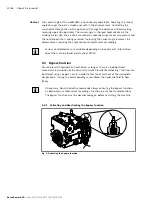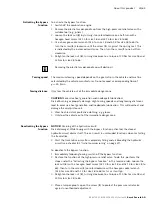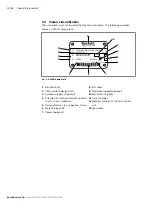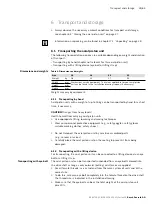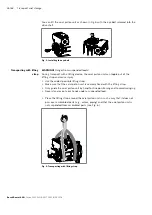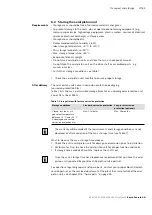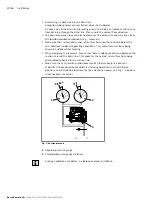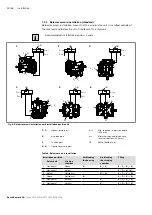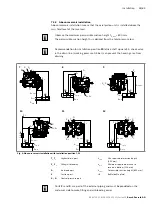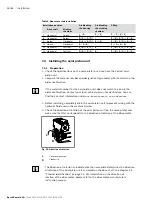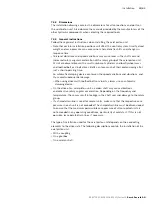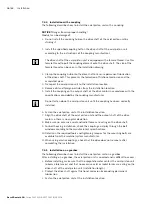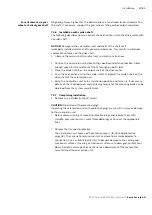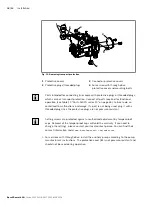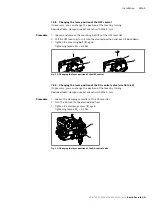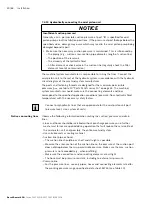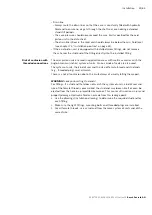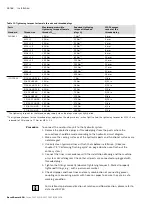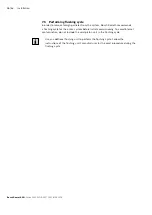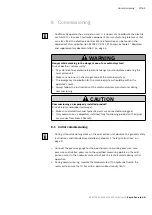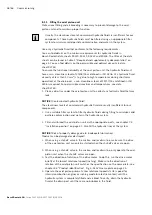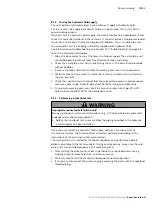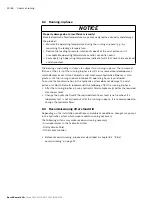
Installation 35/64
RE 92750-01-B/06.2018, A10VG, Series 10,
Bosch Rexroth AG
7.4.2 Dimensions
The installation drawing contains the dimensions for all connections and ports on
the axial piston unit. Also observe the manuals provided by the manufacturers of the
other hydraulic components when selecting the required tools.
7.4.3 General instructions
Follow these general instructions when installing the axial piston unit:
• Note that certain installation positions will affect the control system. Gravity, dead
weight and case pressure can cause minor characteristic shifts and changes in
response time.
• Torsional vibrations and speed variations may cause leaks in the shaft seal and
increased rotary angular acceleration of the rotary group of the axial piston unit.
At risk are diesel drives with a small number of cylinders and low flywheel mass
and toothed belt or V-belt drives. Belts can lose much of their pretensioning after
just a short operating time.
An automatic clamping device can lessen the speed variations and vibrations, and
thus avoid subsequential damage.
– When using drives with toothed belts or V-belts, always use an automatic
clamping device.
• On the drive of an axial piston unit, a cardan shaft may cause vibrations
and excessive rotary angular acceleration. Depending on the frequency and
temperature, these may result in leakage in the shaft seal and damage to the rotary
group.
• If a shared drain line is used for several units, make sure that the respective case
pressure in each unit is not exceeded. The shared drain line must be dimensioned
to ensure that the maximum permissible case pressure of all connected units is
not exceeded in any operating conditions, particularly at cold start. If this is not
possible, lay separate drain lines, if necessary.
The type of installation used for the axial piston unit depends on the connecting
elements to the drive side. The following descriptions explain the installation of the
axial piston unit:
• With a coupling
• On a gearbox
• On a cardan shaft


